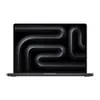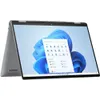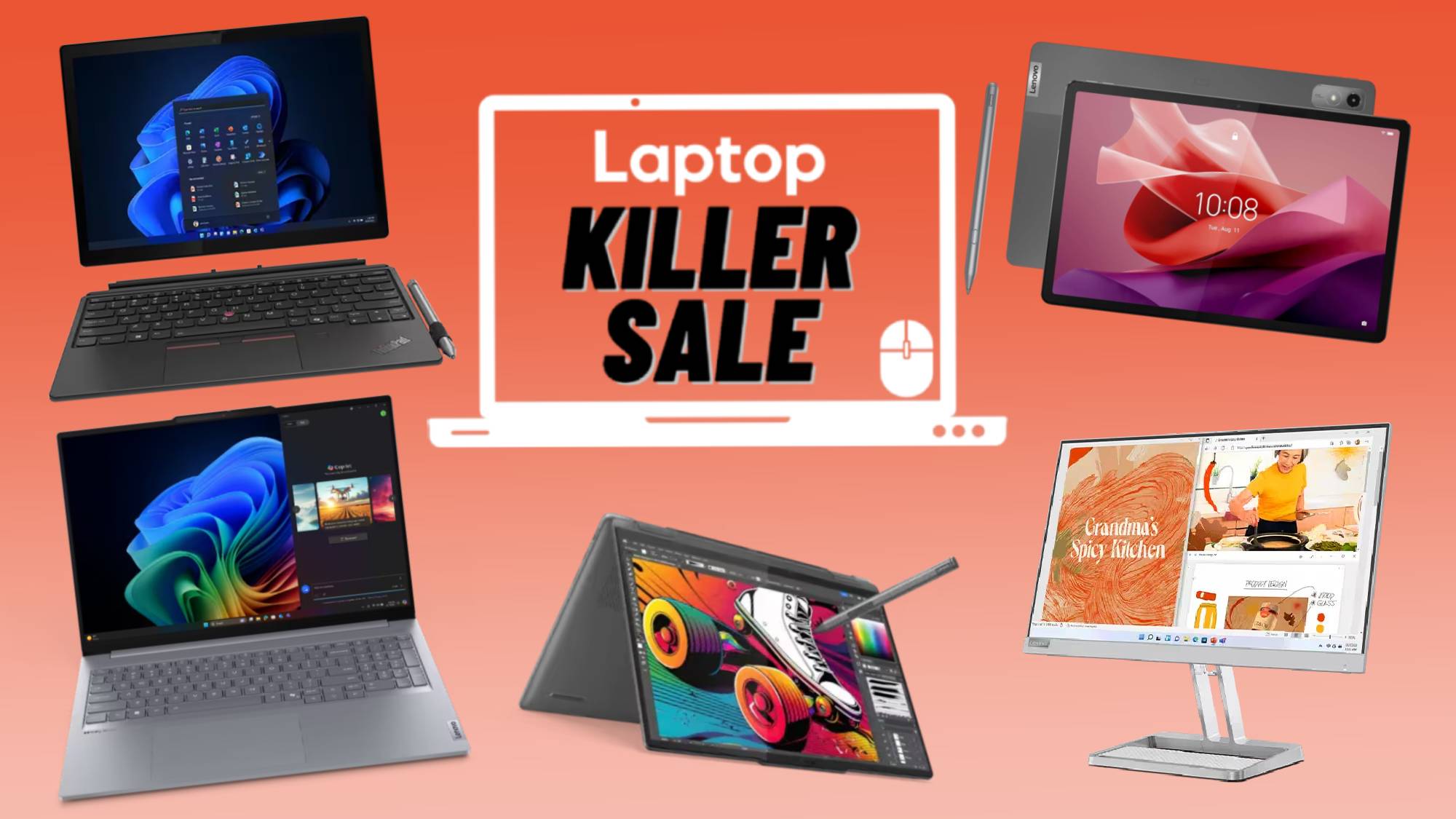HP Envy Move: This all-in-one desktop is your next favorite laptop
Where does the all-in-one end and the laptop begin?
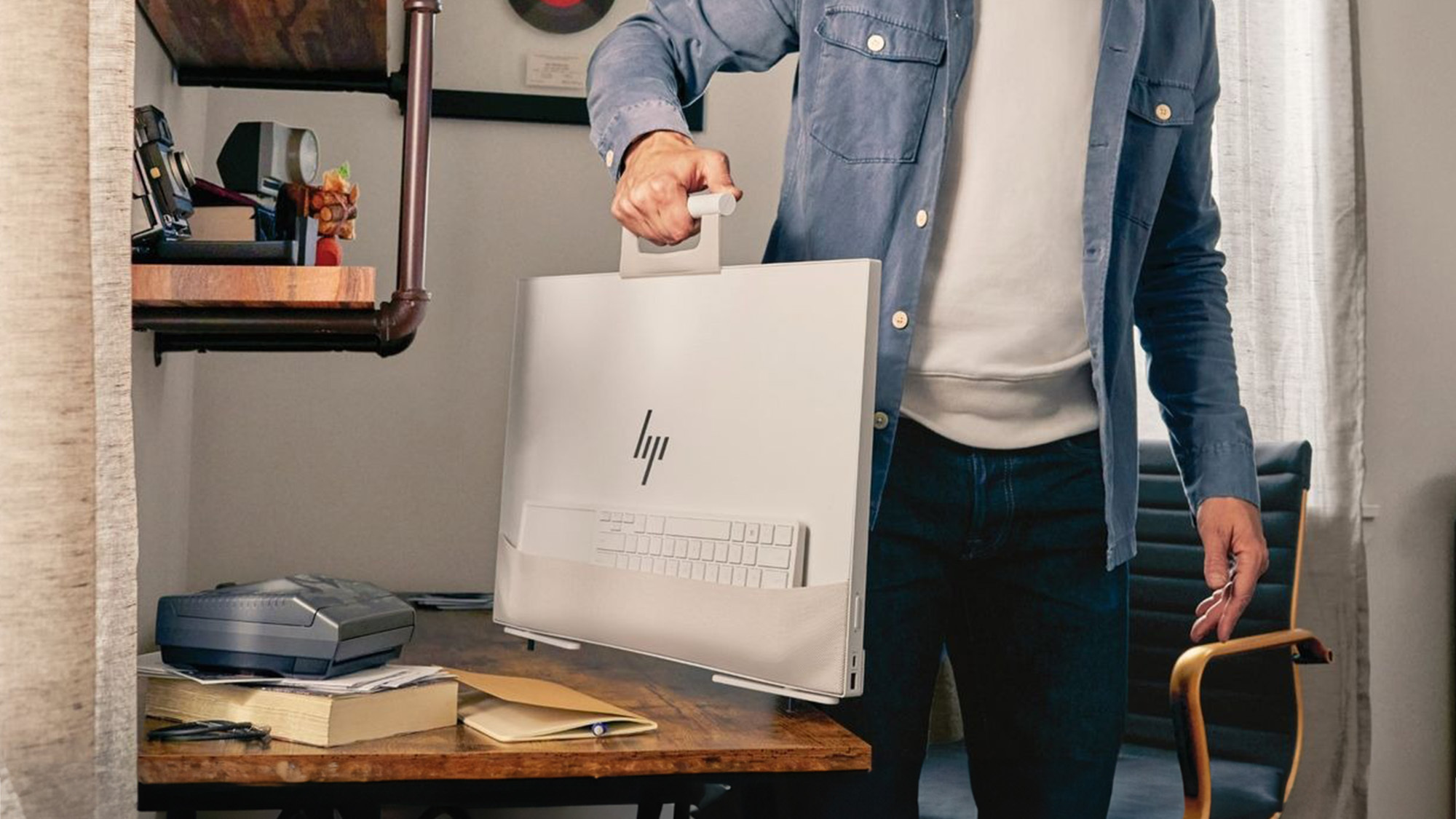
The embrace of foldable displays that transform laptops to componentized desktops and the dual-screened Lenovo Yoga Book 9i show that companies are targeting a class of users who want the screen real estate of a desktop but with the portability of a laptop.
Such versatility comes at a premium, though, with Lenovo’s twin-screened take costing about $2,000 and the HP Spectre Foldable coming in at about $5,000. The latter is one of only three choices as major vendors such as Dell and Acer have yet to release either means of expanded real estate. (That said, Acer tried its hand at a 19 lb. gaming “laptop” with a curved 21” display a few years back.)
But with many laptops rarely straying from the house, what if there were a less expensive option for a large-screened but mobile PC experience? That is the question raised by the HP Envy Move.
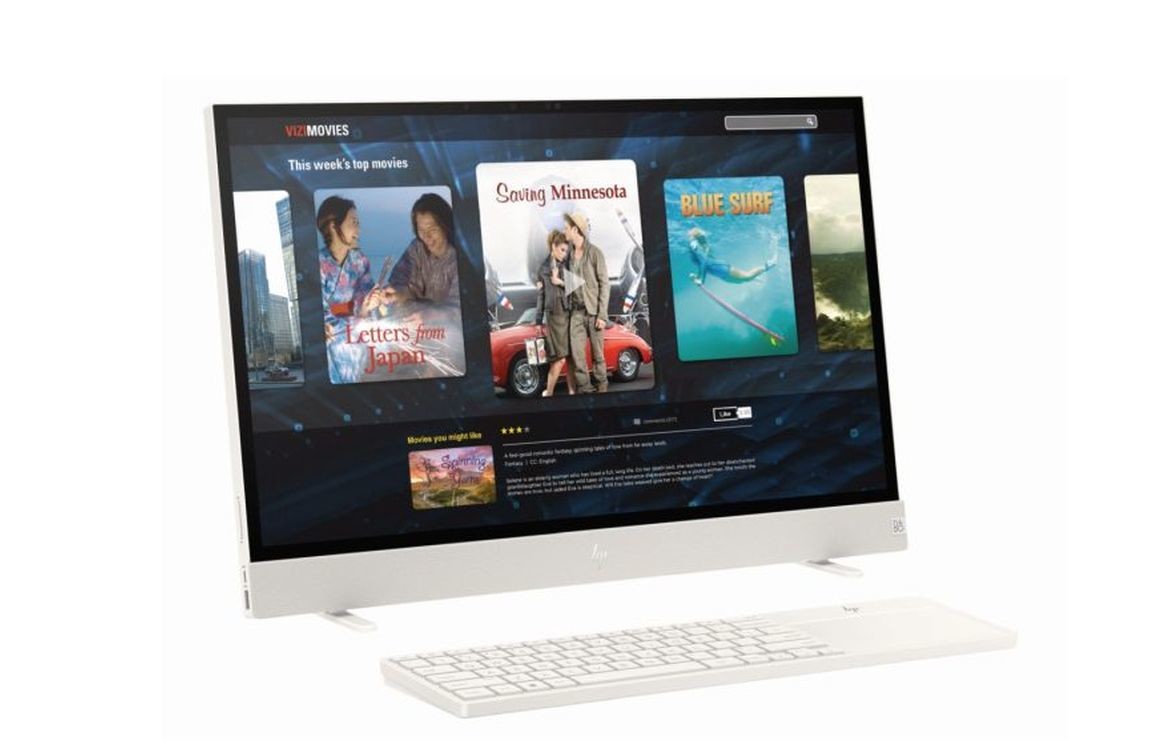
HP Envy Move: less portable, more positionable
The HP Envy move is a 24” all-in-one desktop with four to five hours of battery life and some clever design details. More interestingly, it aims to deliver location versatility as opposed to portability.
While there are clear and expected tradeoffs between what this $900 device can do when weighed against options that cost thousands, maximizing the screen area of those state-of-the-art options also requires turning them into a kind of desktop PC anyway using their wireless Bluetooth keyboards and pointing devices by default.
The Envy Move is not the first desktop to include a battery for a few hours of outlet vacation, not even from HP. About a decade ago, HP (Envy Rove 20), Dell (XPS 18) Lenovo (IdeaCentre Horizon and Yoga Home 900) and Sony offered desktops designed to win limbo competitions by lying flat or nearly flat on a surface, precursors of Microsoft’s AC-only Surface Studio desktop. Digital versions of board games, still being pursued with purpose-built devices such as the Infinity Game table and Gameboard (in beta), were the “killer app” that would benefit from the battery power.
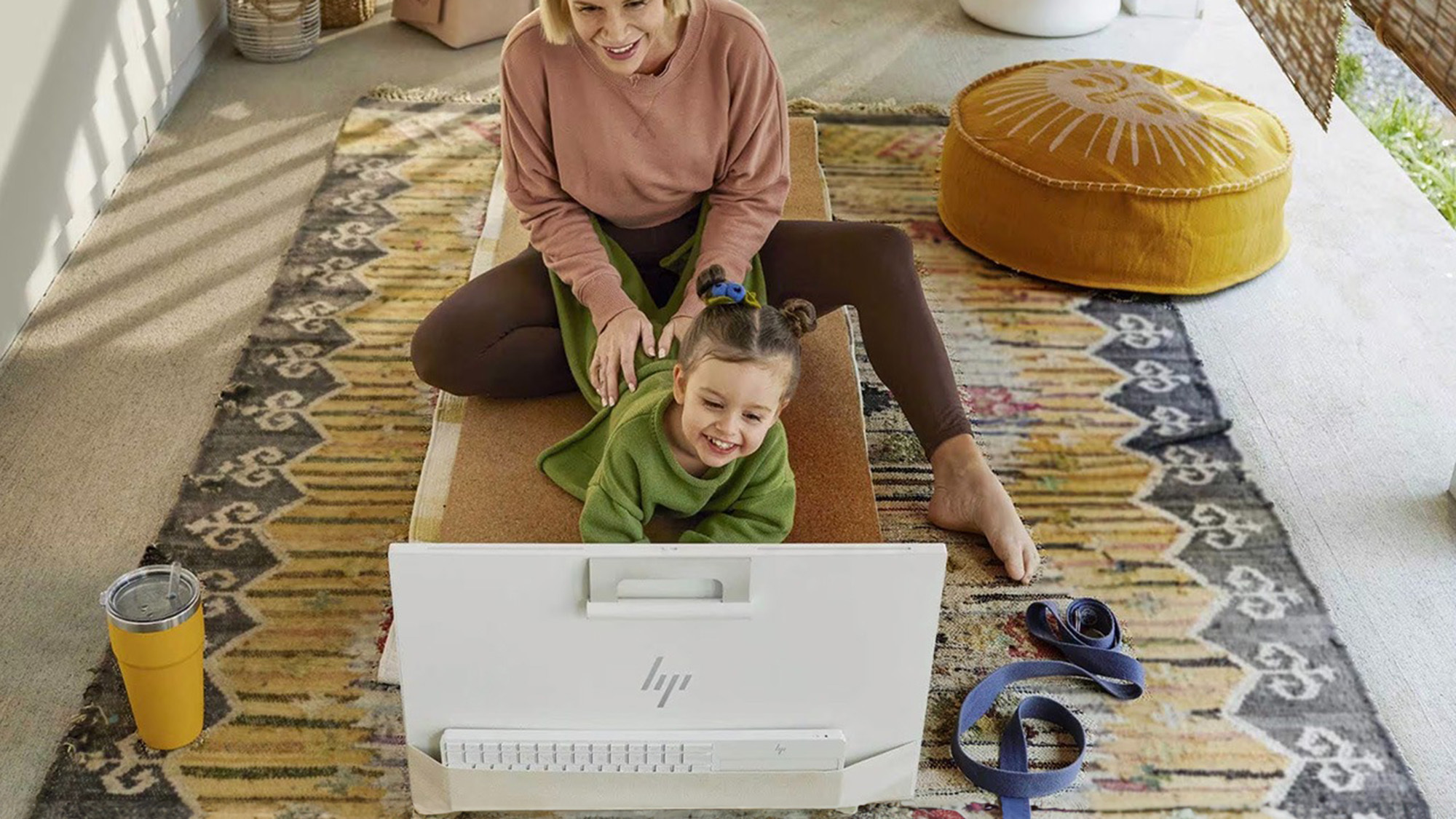
The main attraction of the Envy Move, of course, is its 2K 24” touchscreen. It makes viewing or working with many types of content or side-by-side windows a much more comfortable or productive experience than on laptops. Its height facilitates better eye contact on video calls as the webcam is at a height closer to most seated adults’ eyes. And its modest backward tilt puts the lower half of the screen in particular on a more accommodating plane.
Stay in the know with Laptop Mag
Get our in-depth reviews, helpful tips, great deals, and the biggest news stories delivered to your inbox.
While the beefiest tilting laptop stand we could find was able to hold its weight to lift it higher and adjust the angle, the device’s thickness, which was far wider than the stand’s bottom supports, made using the combination feel like a dicey arrangement.
The PC’s larger chassis also affords HP more room to build in a solid B&O-branded speaker grille below the display; the improved bass response is noticeable even at low volume. The Envy Move retained great audio quality at maximum volume, which is overwhelming for scenarios requiring closer interactions than distance entertainment.
Like some of those PCs from a decade ago, it has an HDMI-in port so it can act as an external display for other computers, which makes it the rare display of this size that can operate off its own battery.
The Move features some thoughtful touches to enhance it being lugged and used ad hoc around a home. The most fun of these are discreet feet that swing out to steady the device on a surface when a pair of protruding pegs land, but there are scenarios where you might wish that behavior could be disabled.
A taut basket at the bottom backside of the device securely cradles the combination keyboard/trackpad when not in use, such as when the PC is being toted by its handle that magnetically sticks to the device’s back. The leathery fabric connecting the handle to the PC’s body doesn’t inspire great confidence.

On the other hand, it’s not intended for prolonged carries; HP must have considered the Move’s weight when designing it. The keyboard pocket is also useful for saving when the move is being used for watching videos, the desktop’s low-tech answer to using a convertible laptop’s keyboard as a base for entertainment. The Move can easily serve as a TV in many bedrooms.
On the downside, the Envy Move has a paucity of ports: one USB-A and one USB-C, which supports video out. However, it cannot be used to power or charge the Move, which ships with a 90W charger with a barrel connector. There’s no headphone jack. The bundled Bluetooth keyboard, flanked to the right by a large touchpad, uses AA batteries. And like most all-in-ones, it’s no gaming powerhouse.
Outlook
While its sleek profile doesn’t tip the scale toward bringing a desktop PC to Starbucks, the Envy Move is a novel take on the home desktop PC that offers a better experience for many tasks than a laptop. In addition, it can be a good solution for homes where limited space or budgets don’t favor multiple PCs.
Long ago before the laptop revolution, it was more common for family members to take turns using a single desktop PC in a common area. Now, the desktop can go to them.

Ross Rubin is the founder and principal analyst at Reticle Research. Ross has been an industry analyst focusing on innovation in the technology, media and telecom markets for over 20 years. Prior to founding Reticle Research, he was executive director and principal analyst at The NPD Group, where he provided analysis on a wide range of technology topics and led research spanning devices, access and content. You can follow him on X and Threads @rossrubin.
